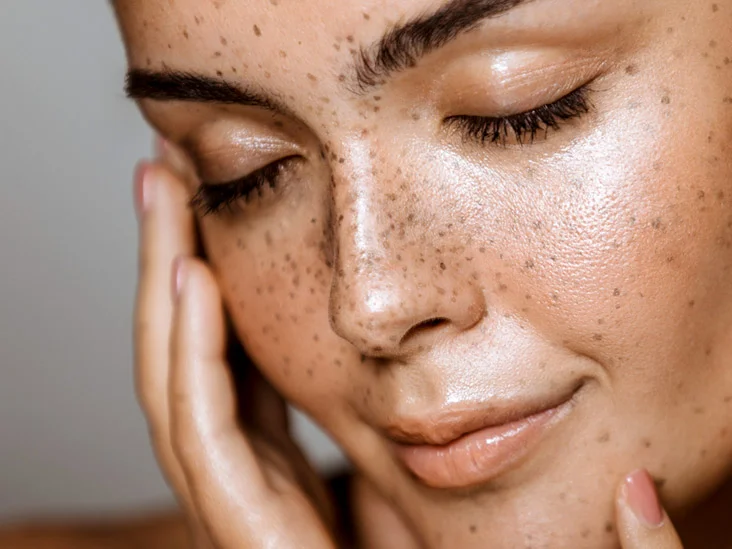Feminism: Handling the Challenging Landscape of Social Change

Introduction The social and political movement known as feminism has been the main force behind the pursuit of gender equality. It has spurred significant changes in civilizations all around the world, upending long-standing patriarchal conventions and promoting women's rights and empowerment. But because of feminism's complex and multidimensional effects, there is ongoing discussion on whether it is a good thing or a bad thing. In an effort to present a thorough grasp of feminism's complicated character, this essay examines the historical background, accomplishments, difficulties, and current discussion surrounding it. Feminism's Historical Evolution The first wave of feminism, which was mainly concerned with legal rights like the ability to vote and the ownership of property, developed in the late 19th century, and this is when the movement really began. The second wave, which gained traction in the 1960s and 1970s and broadened its focus to include concerns like re



